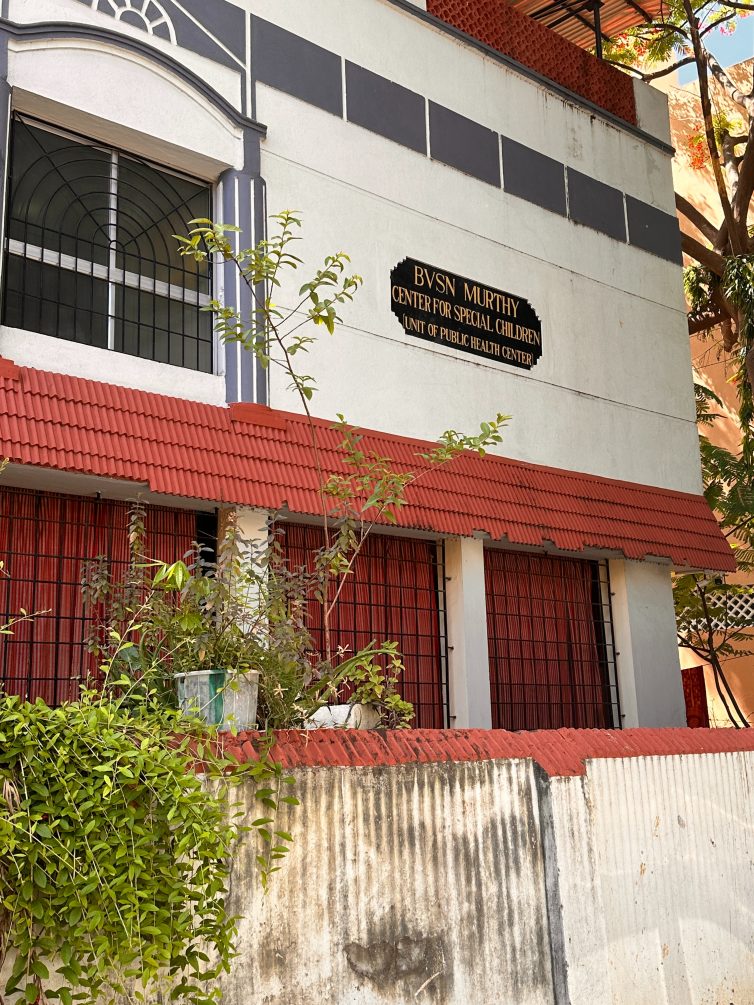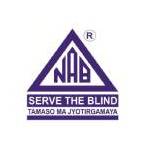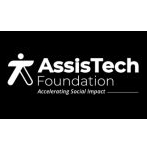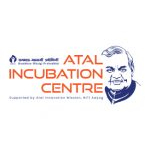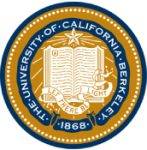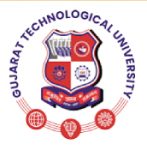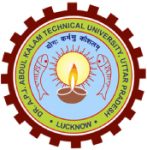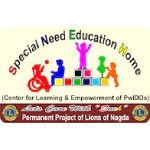Throughout my time in Chennai, India this summer, a lot of events that I had never assumed I’d have the chance to experience took place, all of which leave me incredibly grateful for the life that I am living and the precedents that I am continuing to set for my self-growth going forward. However, the event that left me with the most gratitude was being able to understand the struggles of the specially-abled community and being able to connect with them interpersonally. As part of an organization entitled VOSAP, who strive to de-stigmatize and increase accessibility for the specially abled community, I wanted to take it upon myself to put myself in their perspective purely to learn about who they are as people. Their disabilities may be a part of them, but most certainly do not, will not, and should not define them and overshadow their aspirations and talents.
With this initiative in mind, I began looking into places in Chennai where I could visit a center for specially-abled people and be able to see what their daily lives looked like. With a little help from my parents, I found a school for all grade levels K-12 known as the BVSN Murthy Center For Special Children. Society already remains indifferent and does little to advocate for the community as is, but this problem starts with the people around us, the people who are young and impressionable, and the people who don’t quite understand why it’s so important to mingle with and advocate for these people. Within this demographic, children and teens are the guiltiest of unintentional ignorance. I wanted to be able to help spark a greater conversation to de-stigmatize interactions with this community and scheduled a day to visit the school and get a glimpse of how the faculty, students, and parents interacted with each other.
When I arrived at this school, I immediately felt a warm environment dedicated to the betterment of learning and success. I saw students being educated in their classrooms which were separated by grade level, and parent volunteers helping other children or just discussing with the other faculty. I noticed bright posters up on the wall that each had sensory-based lessons on them or general information pertaining to school subjects. The school also took great pride in celebrating their student accomplishments as I also noticed students’ artwork or classwork hung up on the walls as well. The environment was very cohesive and well-organized. When I met with the school principal, I explained who I was and the purpose I held in my visit. She was very accommodating and allowed us to come back the following week to interview a parent with their child about their daily lives and experiences. She seemed passionate about what she does, and I noticed her helping multiple students who would have questions or doubts about their schoolwork.
On the day of the interview, I met a child named Dushyant, who was in the fourth grade. His mother was an extremely nice woman who allowed us to not only interview them but also to document the interview. Throughout the interview, Dushyant was distracted and did not hold a strong attention span, often pointing out things in the surroundings or things he noticed about the people around him, which made him all the more inquisitive. Despite this, he was enthusiastic in the questions being asked and managed to answer all of the ones he was able to. His mother explained that this was one of the challenges he faced in his daily life and that through steady communication with his teachers, he is bettering his attentiveness.
Dushyant’s interests include cooking, studying, and talking to people. He was very sociable and extroverted person. His aspirations for the future were to become a lawyer, and it was nice to hear that he shares a similar career goal to mine, which is even more of a testament to why specially-abled people deserve the same chances and opportunities as everyone else, especially for a field like law where he could especially go on to one day better the legal system for the specially-abled community and overall humanitarianism.
His mother mentioned that as far as assistive technology went, the school either uses certain learning apps to teach lessons or tries to make lessons fun and interactive by teaching the students both as groups and having individual sessions with them, using methods and styles that were personalized to each students preferences whenever possible.
Dushyant is also an avid learner and has a passion for all school subjects, and one of his strengths includes memorization and oral recitation of a set of Tamil poems called aatichudis.
What I have learned from this experience, all the way from researching the school to putting together this paper is that those in the specially-abled community are not any different than those who are neurotypical. In fact, some are even brighter, optimistic, and goal-oriented than us. These students and this school radiated positivity and know how to make the best of their circumstances. They focus on the abilities within their disability, the things that they are able to do, and the things they aspire to do. These children also all interact with each other and help each other no matter what their ages are or interests. There, everyone just sees each other as fellow humans and has built a great camaraderie. They also mingle well with neurotypicals, and so it becomes even more important for today’s society to help them adapt with the changing world, and advocate for them. This can all start with children and teens.
I will end this by saying how grateful I feel not only for who I am but for who this project has encouraged me to become. It has given me a bigger platform to use my voice and spread the message so more kids like Dushyant will receive opportunities and accessibility for attaining their goals.
We must take the initiative to change the narrative and bring the conversation around to their abilities and their success, which is why I’m proud to write this as a way to spread awareness and keep changing the narrative for the betterment of this community.
Here is the video:


